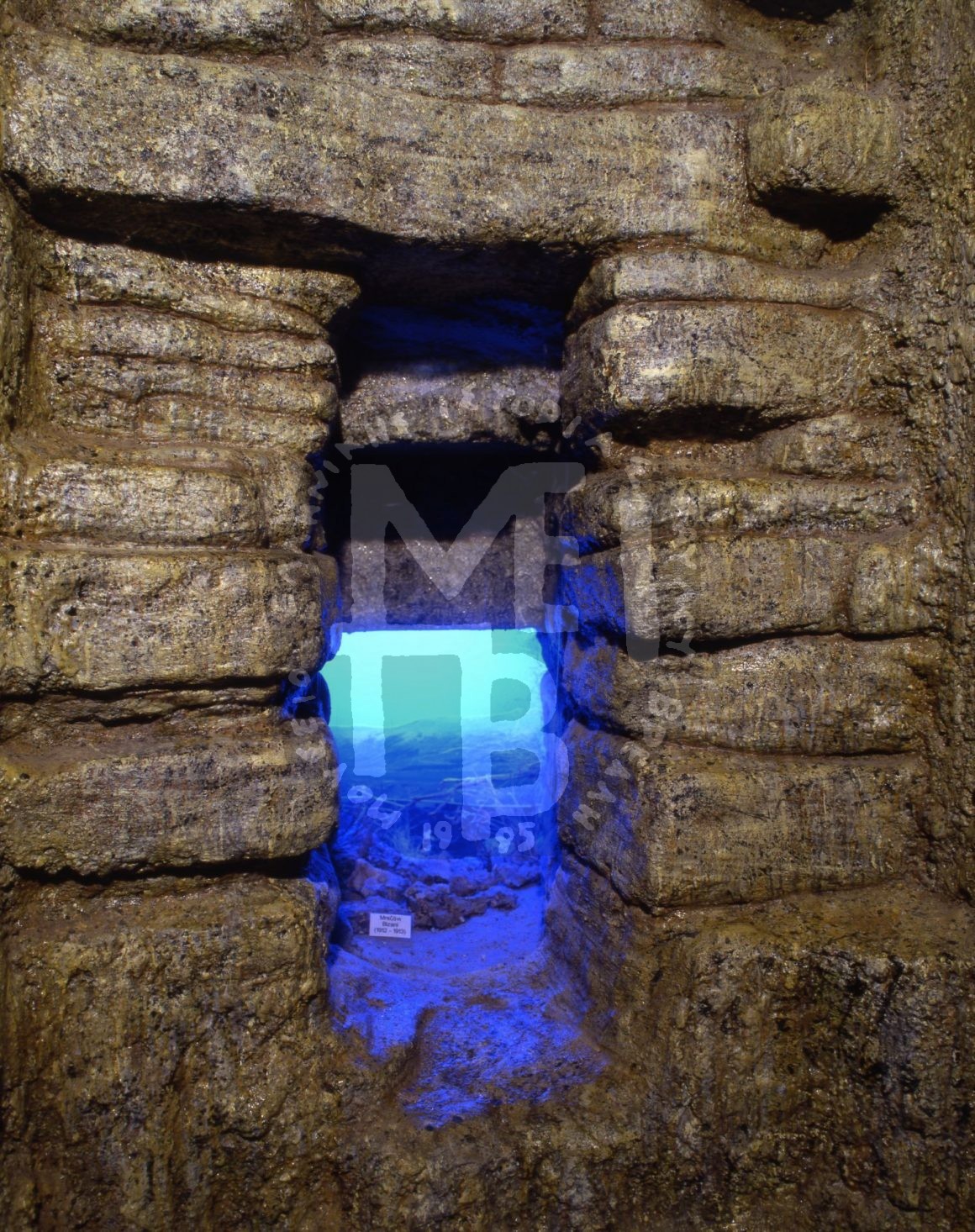“On February 21, 1913 the independent town of Ioannina could count 480 years of slavery. Slavery that went away with the presence of the Greek army, and after hard battles that lasted over four months.
Seeing Thessalonica come to Greeks, the commander of the Turkish army in Ioannina, Esat-pasha, assigned his subordinate, Vehip-Bei, who was in charge of the artillery, to reinforce the existing strong defense of the city and its surrounding junctions. The original schemes had been worked out by the German General Kolmar Fon Der Golts in 1909.
The most important fortifications were those in Bizani; well-protected pillboxes that were the last line of defense cutting off the entrance of the Greek troops. Quite a lot of Greeks lost their life fighting against ‘invisible’ artilleries like the one they bitterly called ‘Scylla’. Even more men suffered from the terrible cold weather, the snow, the continuous rain and other hardships.
It is mentioned that with the help of a person whose real name we do not know for sure –it may be Nickolas Efentis– the schemes came to the hands of Greek officers. The Greeks made smart moves and powerful attacks with their artillery till they broke through the front lines. The retreat of the Turkish troops came next and then the rapid advance of the Greek ones. Having displayed unbelievable endurance, boldness, courage and above all, self-sacrifice, the Greek army achieved the bloodless surrender of the city on part of Esat-Pasha. Yet, that night, robberies, looting and vandalisms left behind a town beyond recognition.
On February 21, 1913, some 30,000 Turkish soldiers, 1,000 officers along with 120 cannons and a substantial number of machine guns, rifles and ammunition surrendered. In addition to the town’s independence, it is of primary importance that this legendary generation of Bizani fighters raised the generation of 1940 and bequeathed it its works and sacrifice.
This composition is symbolic. It is aimed at showing the unconquerable forts which we see through an observatory post. With the photo in the background I wanted to make an indirect reference to the awful weather conditions that distressed our troops so much.
I built this little cavity with bricks and cement and then gave it shape. I made sure I painted it with colors fitting to the following composition, taking vegetation from the forts themselves, a little higher from the museum.
The Greek flag is hoisted to symbolize the victory of the Greek army in the Balkan Wars in 1912-1913.”

